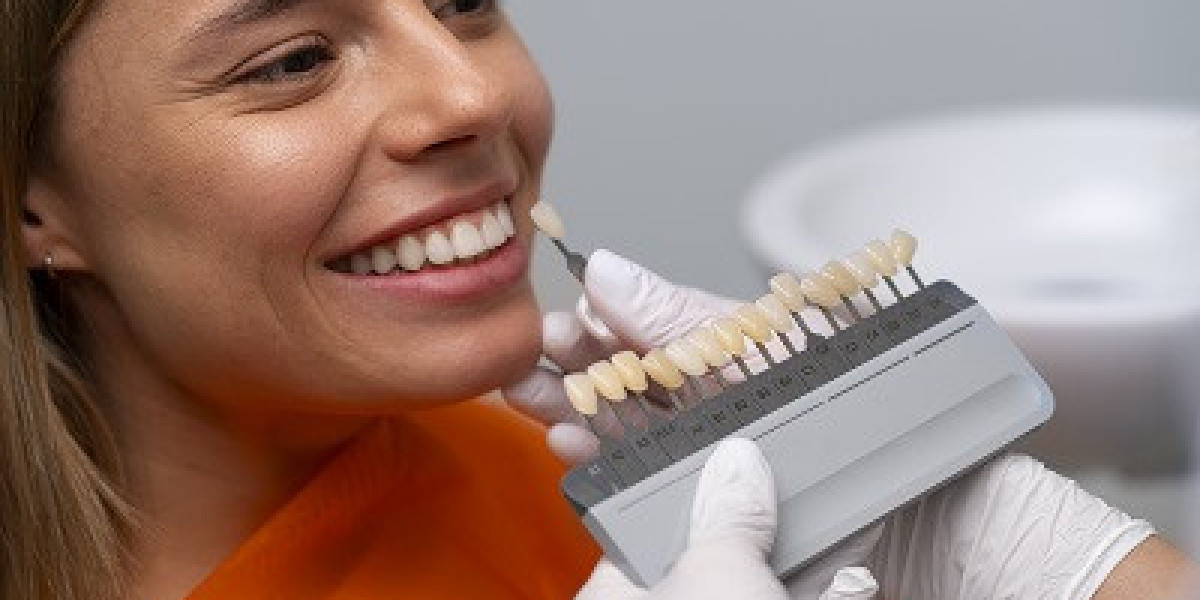If you’ve been told you need a dental crown, you might be wondering: What is a crown dental procedure exactly? Don’t worry—you're not alone. Dental crowns are one of the most common and effective ways to protect or restore damaged teeth, especially after decay, fractures, or root canals. And yes, they can even improve the look of your smile, particularly when placed on front teeth.
Let’s break it all down.
So, What Is a Dental Crown?
A dental crown is essentially a cap that covers a damaged or weakened tooth. It’s custom-made to match the size, shape, and color of your natural teeth. Think of it as a protective helmet for your tooth—designed to restore its strength, shape, and appearance while preventing further damage.
So when you’re asking what is a crown dental procedure, it’s about reshaping and restoring the visible part of the tooth using durable materials like:
Porcelain or ceramic – Ideal for front teeth because they blend in naturally
Metal alloys – Stronger, typically used on molars
Porcelain fused to metal (PFM) – A mix of durability and aesthetics
Zirconia – A newer, high-strength option that looks great and lasts long
Crowns on Front Teeth: Can They Look Natural?
Yes! Getting crowns on front teeth is a common cosmetic and restorative solution, especially if you’ve chipped a tooth, had extensive decay, or need protection after a root canal. Front tooth crowns are designed with extra care to ensure they match the shade and shape of your surrounding teeth, so your smile stays as natural-looking as possible.
Some reasons for choosing crowns on front teeth include:
Cracks or chips in visible teeth
Discoloration that can’t be fixed with whitening
Teeth worn down from grinding
Large fillings that compromise tooth strength
Porcelain or ceramic crowns are often the top choice for front teeth because of their realistic appearance.
The Dental Crown Procedure: What to Expect
Here’s a quick overview of what getting a crown involves:
Consultation and prep – Your dentist assesses the tooth and prepares it by removing any decay and reshaping it to fit the crown.
Impressions – A mold is taken to create your custom crown.
Temporary crown – You may receive a temporary crown while the permanent one is made.
Final placement – Once ready, the permanent crown is cemented in place, restoring your tooth’s function and look.
The entire process usually takes two visits, and with good care, crowns can last 10–15 years or more.
Final Thoughts
Now that you know what is a dental crown, you can see why it’s such a popular and reliable option for restoring both function and aesthetics. Whether you need crowns on front teeth for cosmetic reasons or are just wondering what is a crown dental treatment, the right dentist can guide you through it with minimal stress and long-lasting results.







